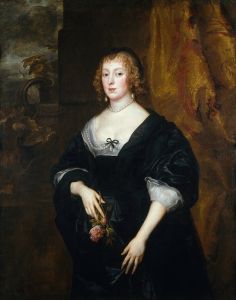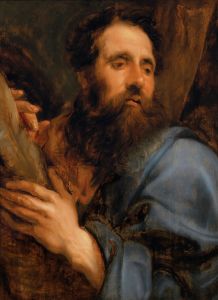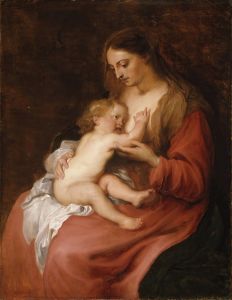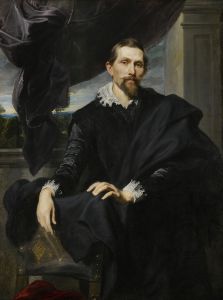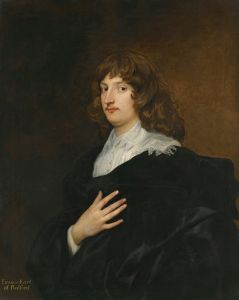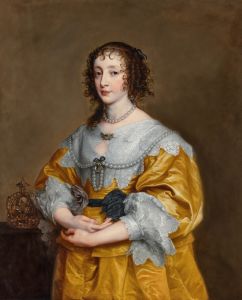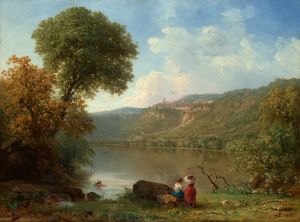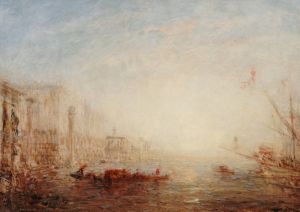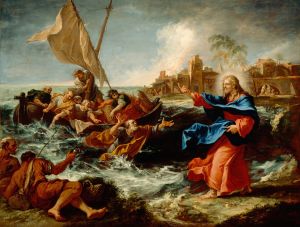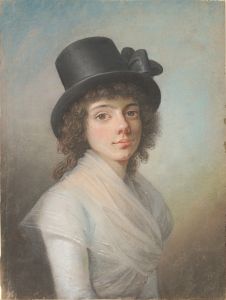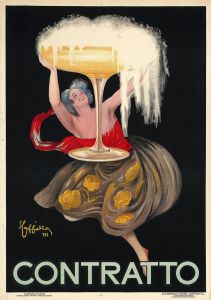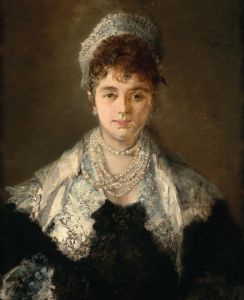
Marchesa Elena Grimaldi Cattaneo
A hand-painted replica of Anthony van Dyck’s masterpiece Marchesa Elena Grimaldi Cattaneo, meticulously crafted by professional artists to capture the true essence of the original. Each piece is created with museum-quality canvas and rare mineral pigments, carefully painted by experienced artists with delicate brushstrokes and rich, layered colors to perfectly recreate the texture of the original artwork. Unlike machine-printed reproductions, this hand-painted version brings the painting to life, infused with the artist’s emotions and skill in every stroke. Whether for personal collection or home decoration, it instantly elevates the artistic atmosphere of any space.
Marchesa Elena Grimaldi Cattaneo by Anthony van Dyck
Marchesa Elena Grimaldi Cattaneo is a portrait painted by the Flemish Baroque artist Anthony van Dyck in 1623. The painting is widely regarded as one of van Dyck's masterpieces and is notable for its grandeur, elegance, and the artist's ability to capture the subject's aristocratic presence. It is currently housed in the National Gallery of Art in Washington, D.C.
The subject of the painting, Marchesa Elena Grimaldi Cattaneo, was a member of the prominent Grimaldi family of Genoa, Italy. The Grimaldi family was one of the most influential noble families in Genoa during the 17th century, and their wealth and power were reflected in their patronage of the arts. Elena Grimaldi married Marchese Nicolò Cattaneo, another member of Genoese nobility, and her portrait was likely commissioned to celebrate her status and lineage.
In the painting, van Dyck portrays the Marchesa in a full-length pose, standing with an air of confidence and authority. She is dressed in an opulent black gown with intricate lace details, which was a symbol of wealth and high social standing at the time. Her attire is complemented by a large ruff collar and a gold chain, further emphasizing her aristocratic status. The Marchesa's hand rests on a column, a classical architectural element that conveys stability and timelessness, while her other hand is held by a Black page, who is dressed in a red and gold livery. The inclusion of the page, a common motif in portraits of European nobility during this period, underscores her wealth and social rank.
Van Dyck's use of light and color in the painting is particularly striking. The artist employs a dramatic contrast between the dark tones of the Marchesa's gown and the luminous quality of her skin, drawing attention to her face and hands. The rich textures of the fabrics and the detailed rendering of the lace and jewelry demonstrate van Dyck's technical skill and his ability to depict material opulence.
This portrait is an excellent example of van Dyck's work during his time in Italy, where he was heavily influenced by the Venetian school of painting, particularly the works of Titian. Van Dyck's Italian period marked a significant development in his style, characterized by a heightened sense of elegance and sophistication, which would later define his portraits of European aristocracy.
The painting not only serves as a testament to van Dyck's artistic prowess but also provides insight into the social and cultural dynamics of 17th-century Genoa. It reflects the importance of portraiture as a means of asserting identity, status, and power among the nobility of the time.





